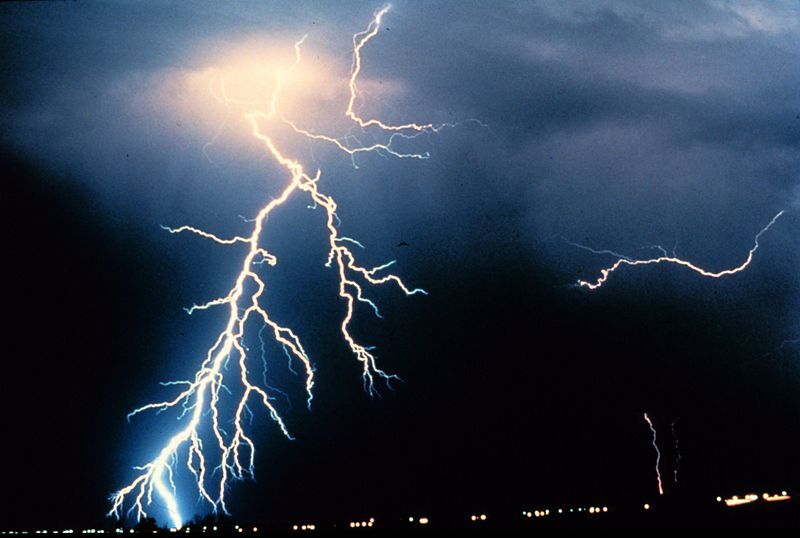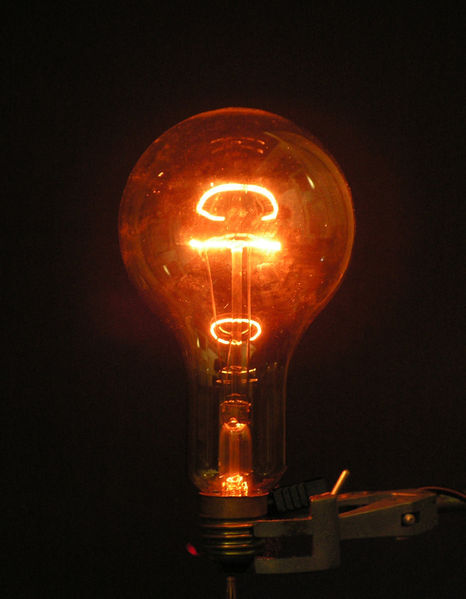Electricity is the form of energy associated with static and moving electric charges.
There are many electrical phenomena occurring all around us, such as lightning during a storm or nerve impulses being transmitted from one neuron to another. Using various technological applications, electricity can be generated artificially and put to good use. Hydraulic, thermal and nuclear power plants all provide electricity, which is one of the main forms of energy produced to power everyday devices.
There are two main types of electricity. The first is static electricity, which covers all phenomena related to electric charges at rest. These charges are stationary, and it is only when they are transferred that electrical phenomena are created.
The second type of electricity is called dynamic electricity, and it includes all phenomena related to electric charges in motion. In order for electric charges to flow freely, they must be in a circuit with conductive materials.
Lightning (left), a natural manifestation of electricity; examples of static electricity (centre) and dynamic electricity (right).
Pour valider ta compréhension à propos de l'électricité de façon interactive, consulte la MiniRécup suivante :



